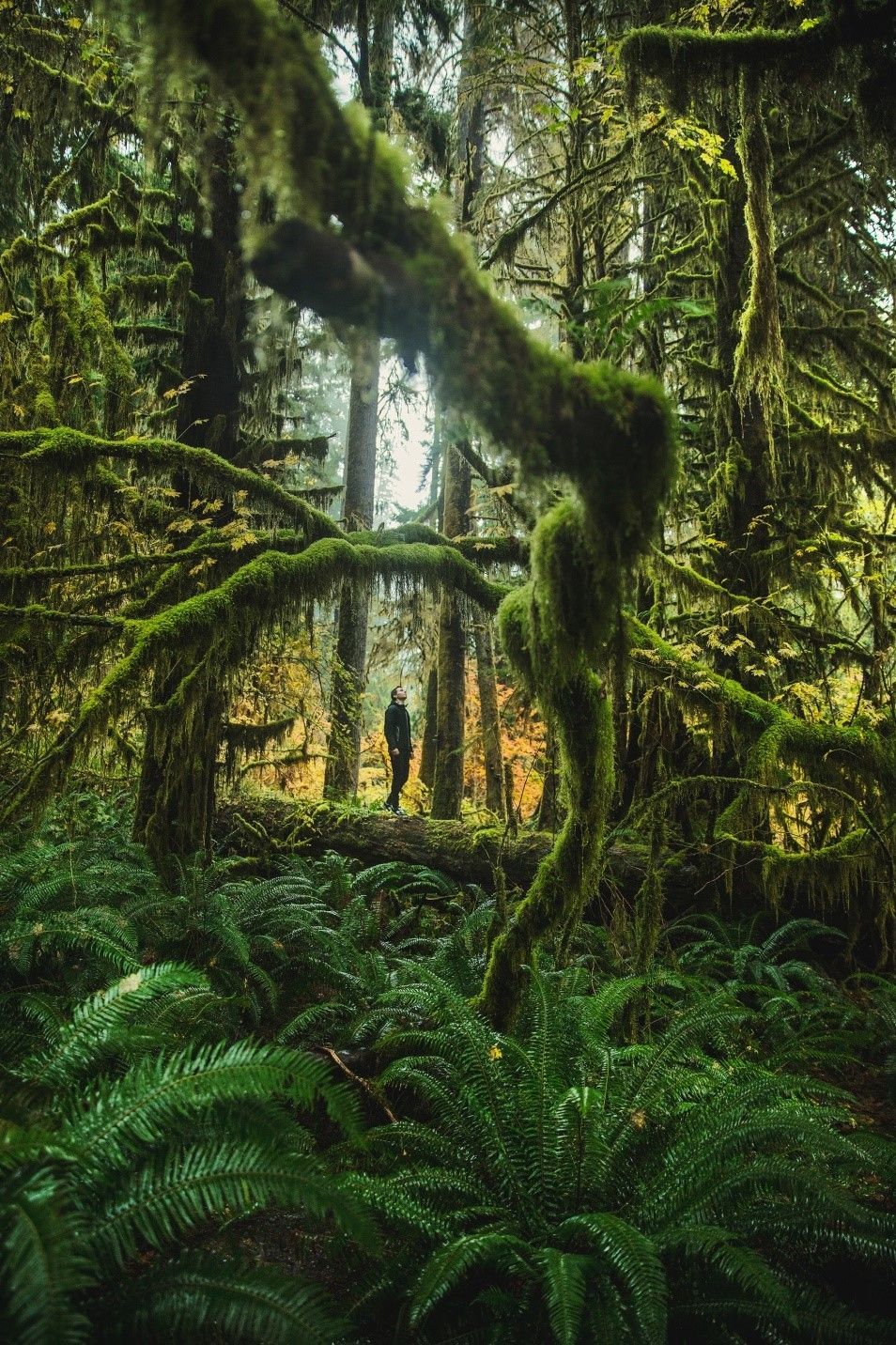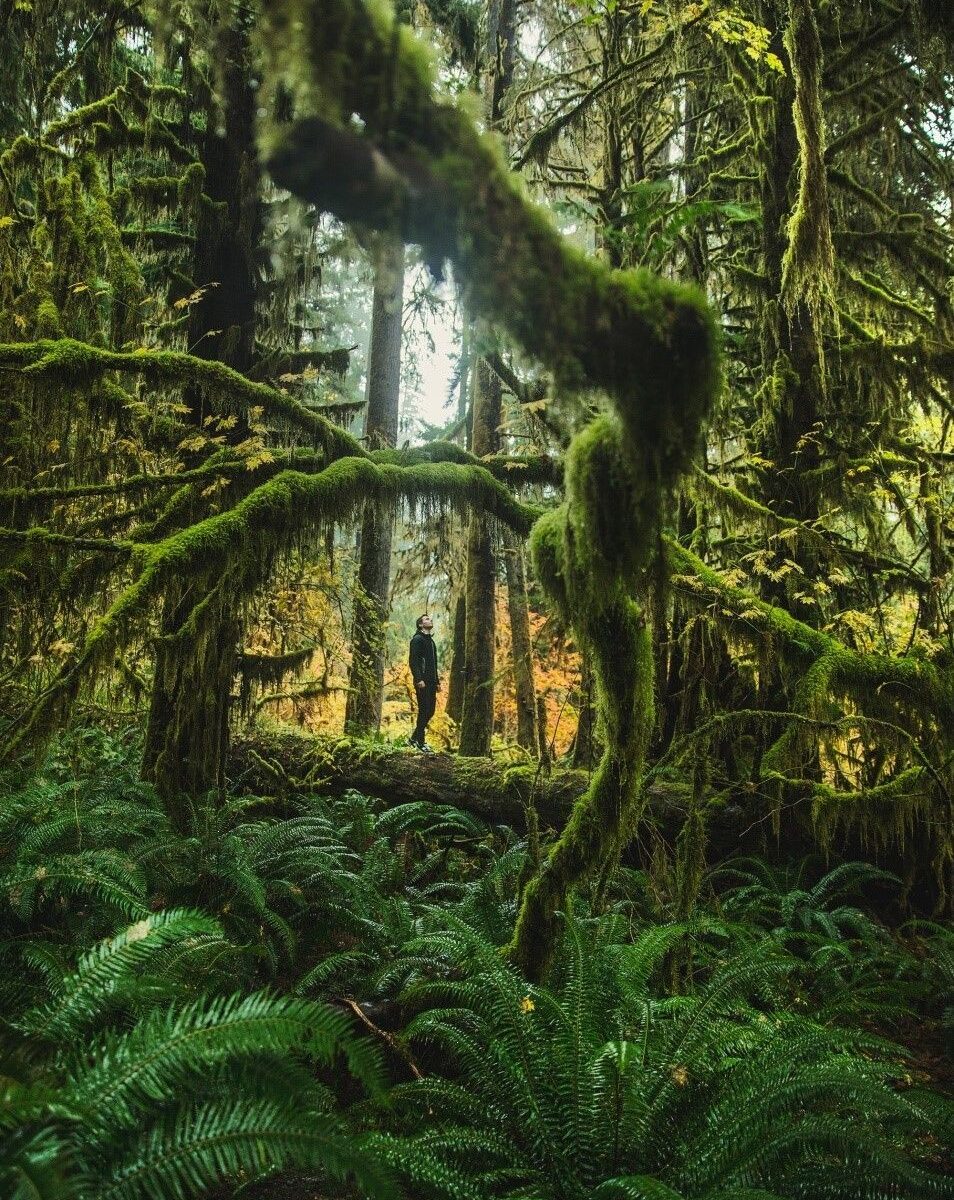EcoPerspectives Blog
The Fad of Ecotourism in India: Discovering Paradise to Creating Purgatory?
By Tejaswini Kaushal, B.A. L.L.B (Hons.) student, Dr. Ram Manohar Lohiya National Law University, Lucknow, India
August 17, 2023

I. Green is the New Black: Analyzing the Boom of Ecotourism
Through the 1900s, the phrase “ecotourism” boomed. It promised sustainable and responsible travel to make people aware and do good for the environment. And as all so-claimed “eco”-friendly things do, it gained significant popularity as a way to experience nature’s wonders while supporting conservation efforts. It garnered praise for raising environmental awareness, sensitizing the next generation, showcasing marginalized communities, preserving endangered cultures, and safeguarding wildlife. India has been one of the biggest benefactors of this trend, and the 2023 Union Budget, coupled with the “Visit India” regime, reflects the government’s continued commitment to empowering this industry.
The World Wildlife Fund defines ecotourism as “responsible travel to natural areas that conserves the environment and promotes the welfare of local people[,]” specifying four essential classifying criteria:
- Responsible travel to natural areas;
- Conservation of the environment;
- Promotion of the welfare of local people; and often
- Education and interpretation
Now, “ecotourism” has become a misnomer, now representing mere nature tourism lacking its sustainability premise. This leaves us to ponder the question:
II. Will Pseudo-Ecotourism Destroy What it Seeks to Preserve?
Researchers have well-studied the climatic and environmental impact of over-tourism. On this, the CEO of Agoda, an online travel agency in Asia, John Brown, recently commented: “. . . we saw a shift in travel patterns, as people, limited to domestic travel, explore lesser-known areas.” Though this might be a quick fix to decrease overcrowding in the conventional tourist spots, it creates a danger of reducing unobtrusive natural sites to similar travesties. With the increase in demand for ecotourism at such sites, the very premise on which it stands will begin to waver. Owing to the commercial pressures but lacking resources, pseudo-ecotourism emerged, a modified concept that lacks the key sustainability ingredient.
Furthermore, India’s legislative frameworks afford limited protection because of fragmented state-wise tourism policies and the National Ecotourism Policy, 2022 plays a normative function at best. The Wild Life (Protection) Act, 1972, Forest (Conservation) Act, 1980, Environment (Protection) Act, 1986, Coastal Regulation Zone Notification, 1991, Environmental Impact Assessment Notification, 2006, and Scheduled Tribes and Other Traditional Forest Dwellers (Recognition of Forest Rights) Act, 2006 become applicable, yet the limitations they face in their respective domains also extend to ecotourism, causing emergence of regulatory gaps. However, the Indian judiciary displays a proactive commitment to environmental conservation. In Nagarahole Budakattu Hakku Sthapana Samithi v. State of Karnataka, the Karnataka High Court ordered the handover of a restaurant building under forest conservation law violations. In Union of India v. Kamath Holiday Resorts Pvt. Ltd., the Supreme Court rejected land leasing rights for a restaurant in a reserved forest, emphasizing environmental priority over tourist convenience.
III. Looking Beneath the Green-Coated Surface
a. From Green to Grey
In Costa Rica, illegal traffickers and curious onlookers have threatened the leatherback turtles back to the brink of extinction. In Mexico, the Biosphere Reserve Sierra Gorda faces excessive logging, fires, and deforestation for tourist housing. Ecotourism initiatives in the Galapagos Islands have attracted migrants seeking employment, resulting in increased pressure on local infrastructure and the environment. In India, the 2013 flash floods in the Kedarnath Valley occurred due to a climate-change-aggravated melting of glaciers triggered by hordes of tourists banking themselves in the mountains yearly. In the Himalayas, a study conducted for ecotourism revealed that locals suffered from increased waste generation and water pollution. These incidents illustrate that ecotourism, despite its environmental claims, often disrupts ecosystems, damages fragile habitats, and degrades natural resources through unregulated footfall, undermining the very attractions it aims to preserve.
b. From Eden to Exploitation
The impact of pseudo-ecotourism on the locals is comparable to or even worse than conventional mass tourism since these irreversibly harm culturally sensitive areas. In Columbia and Indonesia, “green grabbing” is an all-too-common phenomenon with the forcible transfer of land ownership from locals under the “environmentalism'” label. Even India witnesses forest and coastal destruction, displacement of indigenous communities, erosion of traditional values, and exploitation without compensation. Without corrective actions, local communities face marginalization and cultural erosion due to the tourism industry’s lure of environmental opportunism.’ For instance, lifting the alcohol ban in Lakshadweep under tourism pressures stirred concerns about adversely affecting the “social fabric” of the predominantly Muslim community.
c. Hogwashing and Greenwashing
While the surge of eco-consciousness post-1992 Earth Summit led to businesses embracing the “green” tag, it also gave rise to “greenwashing,” which distorts environmental objectives for profit using the right buzzwords. Through misleading advertising of tourism packages’ ecological sustainability, travel agencies often hogwash environmentally-conscious tourists and lure them into seemingly eco-friendly trips. For instance, certification programs have gained prominence to accredit environmental commitments and discern authenticity. Nevertheless, the voluntary and market-driven nature of many of these programs, fueled by presumed consumer demand, raises concerns about their effectiveness. Not only do these create apprehension around large corporates dominating the market through money-power, but also showcases an absent universal certification standard since addressing the complex web of local concerns within an international certification framework proves challenging at the moment.
IV. Preserving Nature’s Playground
a. Carrying Capacity Assessments
Drawing from our neighborhood, Bhutan enjoyed sustainable growth with a protected environment until it followed a controlled tourism policy driven by a “high value, low volume” strategy, but it now faces the threat of regarded culture and nature having shifted to a “high value, low impact” strategy. On the other hand, Maldives achieved sustainability by adopting a carrying capacity standard and a 20% limit on building development in the mid-1990s. These measures were prompted by the detrimental effects of tourism, which led to beach erosion aggravated by hard armoring shores and coral reef degradation due to boating, dredging and commercial mining. India does enjoy a precedent establishing the principle of carrying capacity in Forest Friendly Camps Pvt. Ltd. v. State of Rajasthan, where the court limited park visitors and promoted environmentally, economically, socially, and culturally sustainable tourism activities. However, it was an isolated event lacking transnational impact. Furthermore, despite recognizing the importance of Environmental Impact Assessments and introducing policies in 1994, inconsistent limits and guidelines have prevailed across states and over time.
b. Conservation Impact Funds
Sikkim, India reflects a disparity between the government’s tourism plan and the locals’ desire for greater involvement in tourism management, environment conservation, and benefits-sharing, leading to half-hearted plan implementations. Ecotourism revenue-funded cultural impact funds (“CIFs”) can be a prospective solution to support cultural heritage, habitat restoration, and community development. Allocating a percentage of ecotourism revenue to conservation and CIFs can ensure improved and enthusiastic community participation. Additionally, establishing transparent governance structures to ensure effective allocation and management of these funds and involving local communities, NGOs, and relevant government agencies can further community participation.
c. Enhanced Community Engagement
The Peruvian Tambopata and Infierno native communities protect endangered harpy eagles and scarlet macaws while showcasing them to visitors. This expression of autonomy and proactive engagement by local communities has been facilitated through robust support from both local and governmental entities, empowering them to effectively manage local resources, get incentivized for their contributions, and simultaneously promote tourism. Similarly, granting local autonomy in India and promoting community-based enterprises, dialogue platforms, and fair benefit-sharing guidelines can prevent private players from dominating commercial hotspots and ensure equitable benefit-sharing and decision-making. Developing clear guidelines for benefit-sharing mechanisms to ensure that local communities receive fair compensation for their contributions and reinvesting tourism revenues in community development and conservation initiatives is equally essential.
d. Private Party Collaborations
In Peru, Rainforest Expeditions and the Ese’eja community made a joint tourism venture, with a 20-year contract safeguarding community affairs; prohibiting farming, logging, and hunting; and ensuring 60% of profits and shared decision-making. Adopting a similar balance in autonomy, traditions, wildlife preservation, and sustainable tourism by involving private entities to support local initiatives without replacing them is vital for improved implementation.
e. Boosting Village Tourism
Ecotourism, exemplified by the Sirubari Village Tourism Project in Nepal, thrives on smaller enterprises and boarding facilities, termed “village tourism.” The Project promotes homesteads as accommodations through contracts with locals, in turn benefitting tourists and the local community while reducing the need for additional infrastructure. Promoting such a structure through provisions of financial assistance and subsidies to homeowners, converting houses into bed and breakfast facilities, and marketing them through travel agencies and online platforms will ensure long-term sustainability.
f. Adopting a Culture-Preserving Approach
Increasing tourist demands in Ladakh, India, drives up local goods and water prices, while the demand for Western-standard facilities strains their culture’s sustainability. Highlighting the cultural differences creates awareness among tourists to embrace and sustain the locally abundant goods and cultural practices while avoiding actions that disrupt the local culture.
V. Towards greener Pastures
“Only if we understand, will we care. Only if we care, will we help. Only if we help, shall all be saved.”
– Jane Goodall, conservationist
Ecotourism holds immense potential as a tool for conservation, community empowerment, and sustainable development. However, to harness its benefits and prevent unintended negative consequences, it requires a holistic approach. Governments must enforce stringent regulations, conduct carrying capacity assessments, and invest in infrastructure development. Local communities should be active participants, receiving fair economic benefits while preserving their cultural heritage. With responsible management, ecotourism can be a force for positive change, ensuring that paradise remains intact for generations to come. If adoption of a holistic approach that combines preservation, community empowerment, and sustainable harmony are not done, it will leave behind mere green rhetoric in this quest to distinguish genuine sustainability efforts. India’s future steps will be critical in determining whether its natural environment ascends to the heights of paradise or descends into the depths of purgatory.















